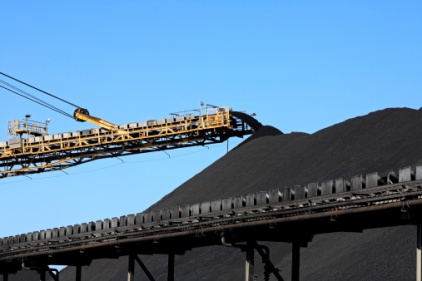MSHA: Safety compliance at mines improving

 More mine operators are taking responsibility for their workers' safety and health, according to the Mine Safety and Health Administration (MSHA), which said both metal and nonmetal mines have shown improvements.
More mine operators are taking responsibility for their workers' safety and health, according to the Mine Safety and Health Administration (MSHA), which said both metal and nonmetal mines have shown improvements.
Preliminary data indicate a 14 percent decrease in citations and orders issued at these mines – 74,373 in 2010 compared to 64,186 in 2011. Furthermore, the percentage that are significant and substantial citations and orders decreased from 33 percent in 2010 to 28 percent in 2011. Recent data show that impact inspections and the pattern of violations program also are contributing to improvements in compliance.
“We are moving in a positive direction,” said Joseph A. Main, assistant secretary of labor for mine safety and health.
Sixteen miners died in work-related accidents at metal/nonmetal mines in 2011, compared with 23 in 2010. In 2011, coal and metal/nonmental deaths dropped to the second-lowest number since statistics were first recorded in 1910.
MSHA has engaged the metal/nonmetal industry in a number of specific outreach efforts to help mine operators achieve better compliance and make conditions safer and more healthful for miners. In collaboration with industry stakeholders, including state aggregate associations, MSHA developed a training program for guarding conveyor belts. The pictorial training tool, available on MSHA’s website, has resulted in a 26 percent reduction in citations relating to guarding in 2011 compared with 2010. Additionally, “Safety Pro in a Box” was developed in partnership with the National Stone, Sand and Gravel Association to assist new aggregates operators in complying with safety and health regulations and standards. Through the 5002 health program, MSHA increased its focus on exposure monitoring at metal/nonmetal mines to ensure better worker protection from overexposure to harmful airborne contaminants. The initiative was executed through stakeholder outreach, education and training.
Throughout both the metal/nonmetal and coal mining industries, MSHA has implemented a number of initiatives to promote consistency in enforcement, including the development of a two-week training program that all field office supervisors must take every two years; pre-assessment conferencing, resources permitting, in which mine operators and miners’ representatives can request a conference with the MSHA district to resolve disputes involving citations and orders before they become matters of litigation; and “Rules to Live By III,” the latest phase of an outreach and enforcement program designed to strengthen efforts to prevent mining fatalities.
A recent review of enforcement data on the 14 mines that received potential POV notices in 2010 indicate that, since completing the potential POV process, the total violation rate among these mines is down 21 percent, the total significant and substantial violation rate is down 38 percent and the rate of 104(d) closure orders is down 60 percent. The lost-time injury rate at these mines has dropped 39 percent.
Since September 2010, when MSHA launched the current impact inspections program, violations per inspection hour are down 11 percent after mines received an initial impact inspection, the significant and substantial violation rate is down 18 percent and 104(d) orders are down 38 percent. The total lost-time injury rate at these mines is down 18 percent.
Looking for a reprint of this article?
From high-res PDFs to custom plaques, order your copy today!





